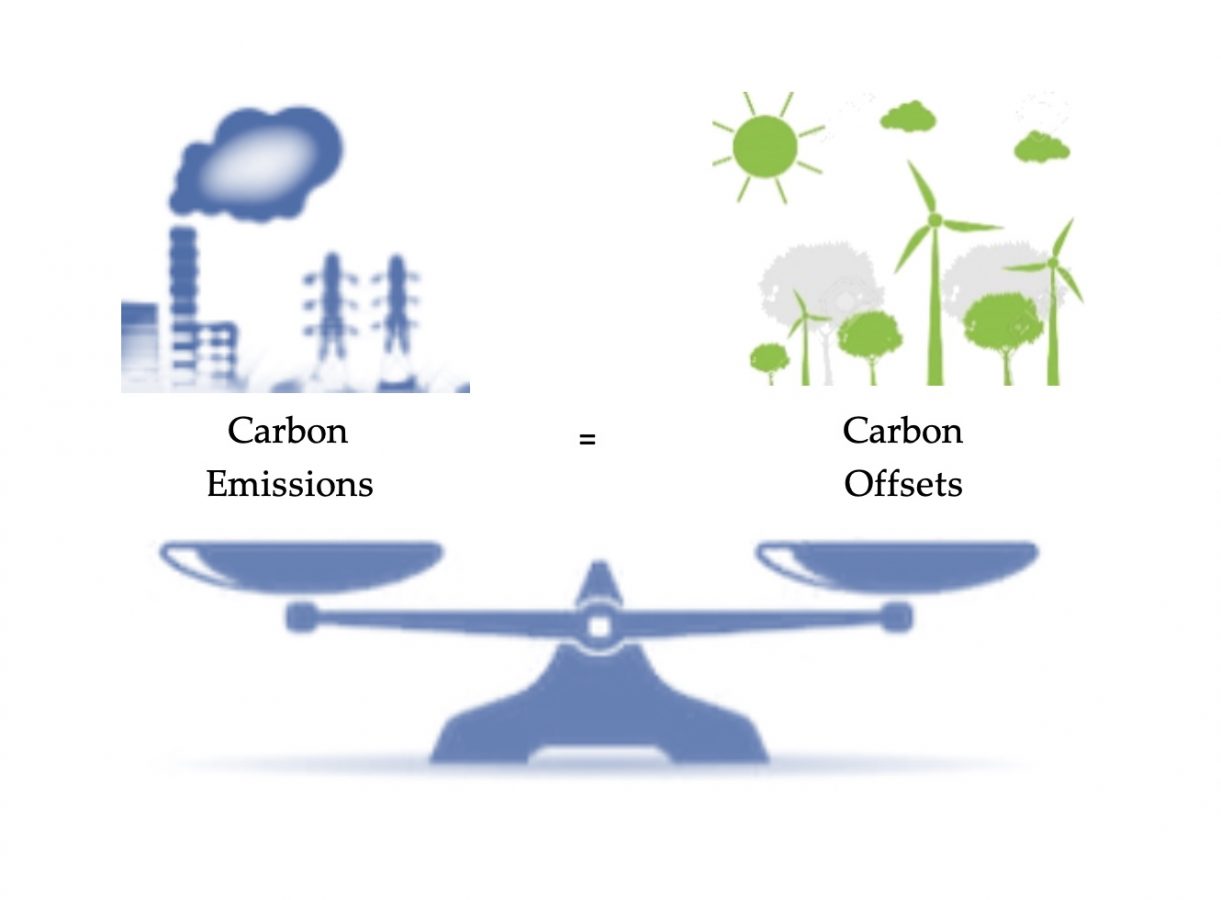


Since the world’s carbon emissions are increasing at an alarming rate, carbon offset is rapidly increasing in importance as a mechanism to battle against climate change and global warming. In a nutshell, carbon offsetting is the act of cancelling out the CO2 emission produced in one place with the act of reducing emission in another place. Then, what makes the carbon credit different from carbon offset? According to, carbon credits stands for the right to emit that carbon, while the carbon offsets represent the production of a certain amount of sustainable energy to counterbalance the use of fossil fuels.Īs stated in, carbon offsets are also measured by tonne of CO2-equivalent, but different from the condition where a company emits less carbon than their limit, the carbon offsets are created when a business or a company decides to invest in something aims to reduce greenhouse gas emissions excluding their everyday operations. The Difference Between Carbon Credit and Carbon Offset If a company uses fewer credits than it has bought (read: produces less emission), it can trade and sell its credits to other parties who need it. This permit allows them to emit one tonne of carbon dioxide or the equivalent amount of a different greenhouse gas. Carbon credit refers to a tradeable permit that allows the company to emit a certain amount of carbon dioxide or an equivalent greenhouse gases.


 0 kommentar(er)
0 kommentar(er)
